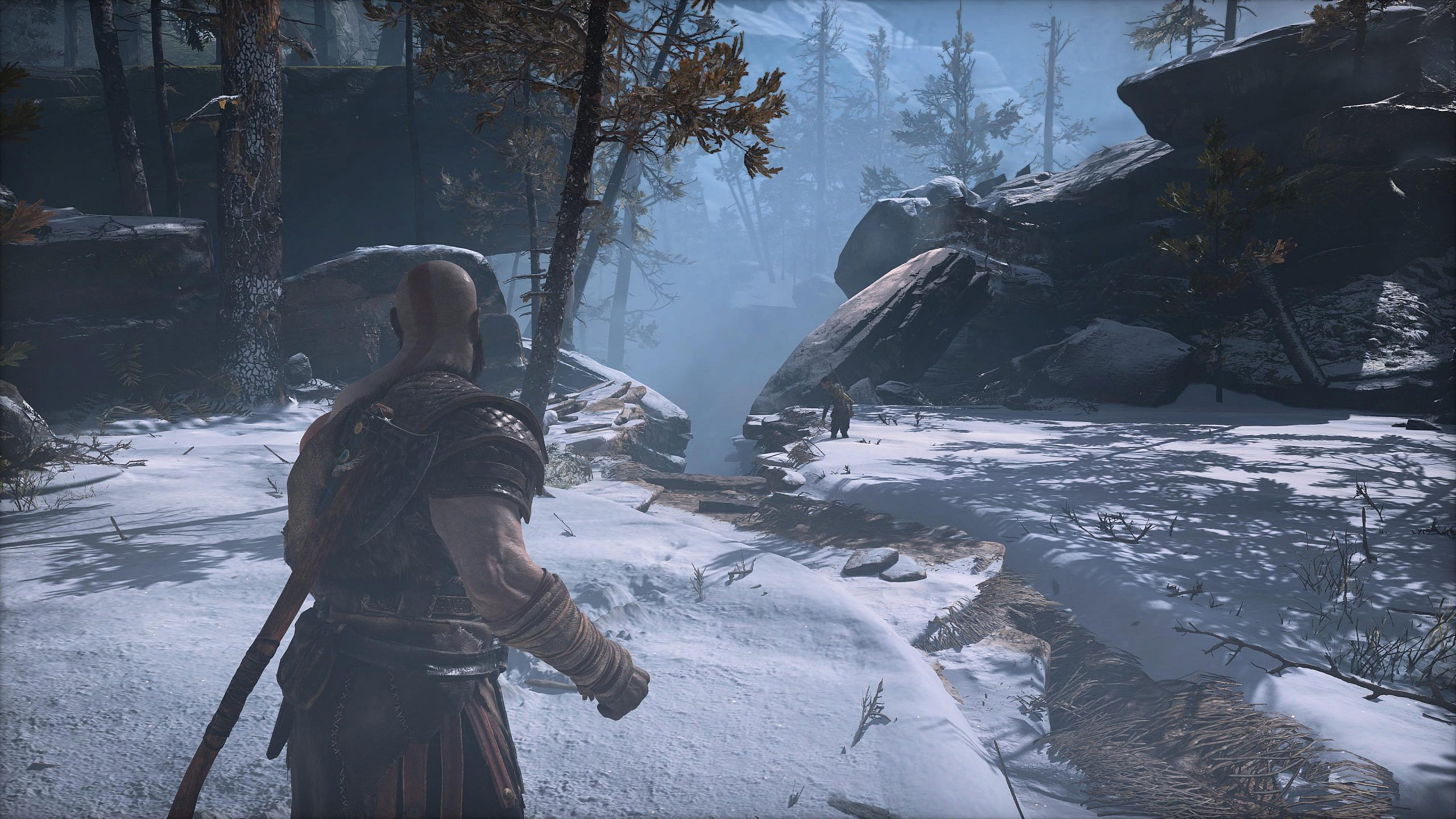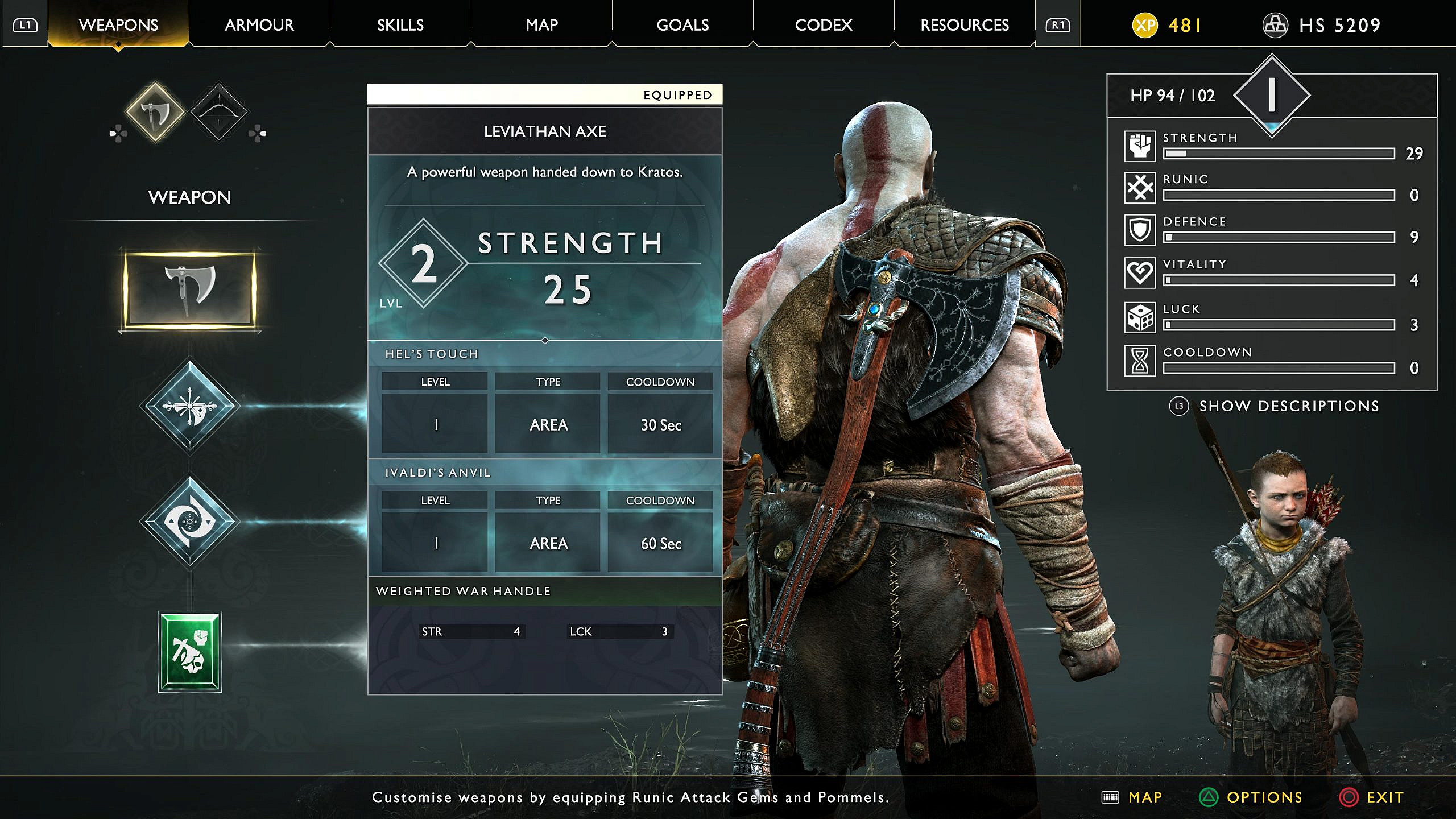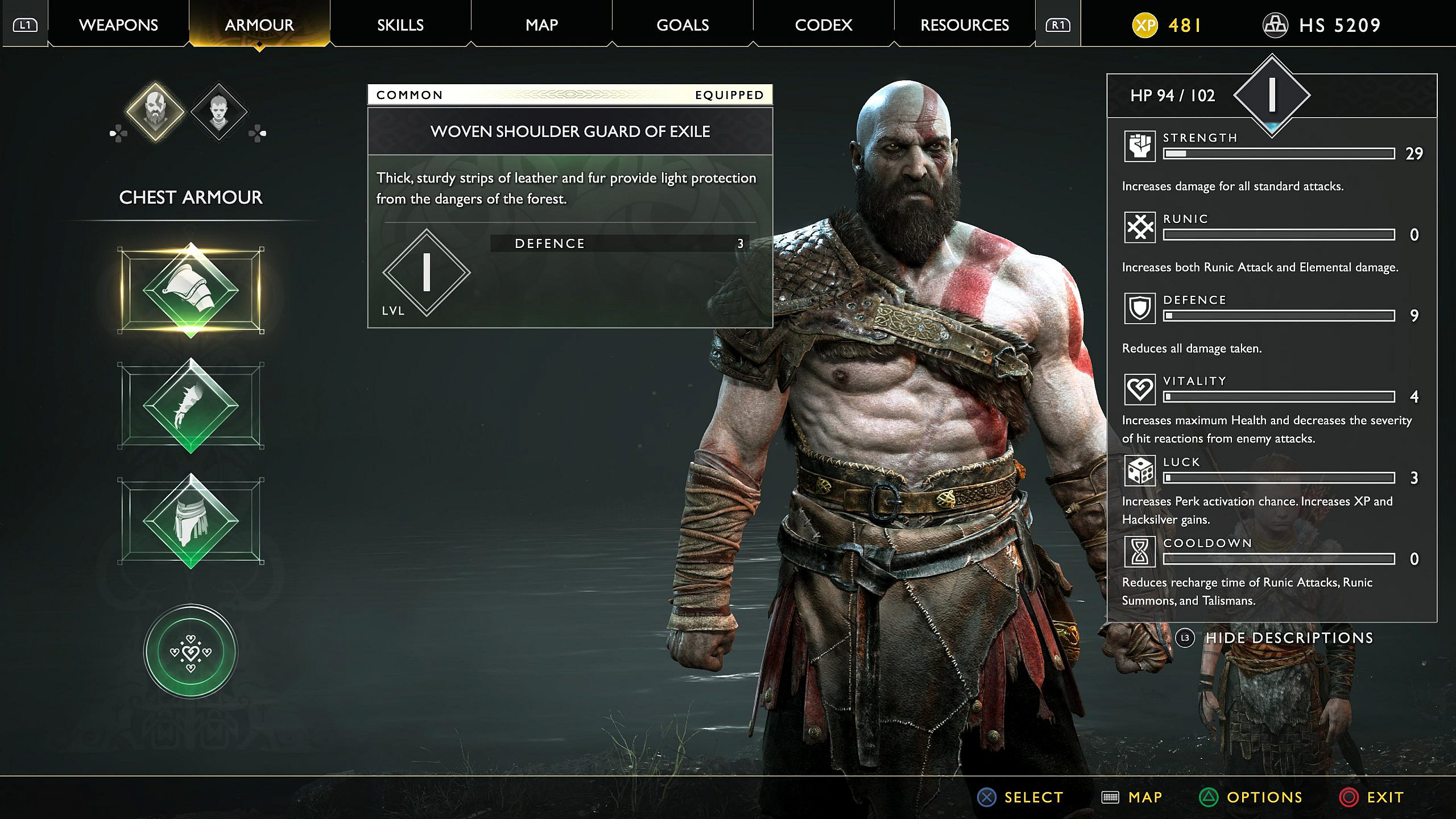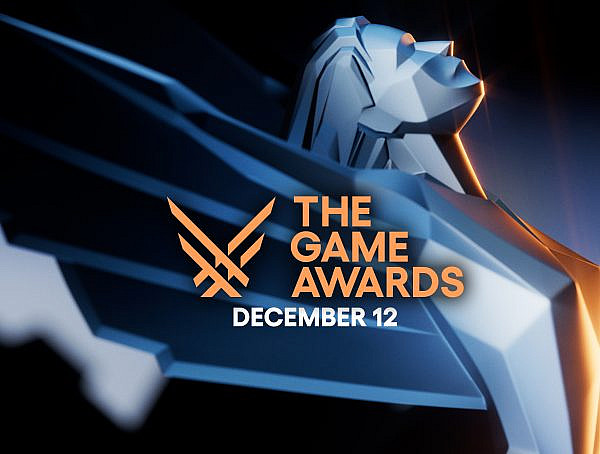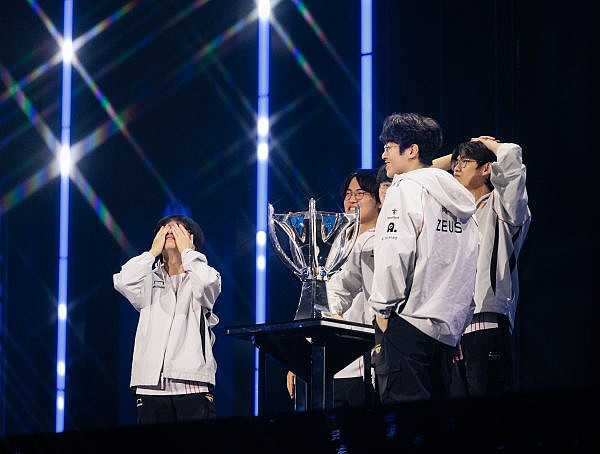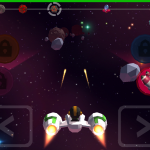A couple of years back, I tried to play through the highly revered 2018 PS4 flagship title God of War. My experience with the game was mainly filled with indifference. As someone who is open to enjoying any kind of game from big to small and excited by acclaimed titles, nothing about the game really stood out to me, even as there was almost nothing that was particularly bad or off-putting in it. However, there was one aspect that left me simply baffled at its implementation: the equipment system.
For context: God of War is very much designed in the tradition of newer Sony first-party titles. These games have a focus on cutscenes, action-adventuring and an aim to create a very fluid cinematic experience. That fluidity is exemplified by the fact the game has no traditional load screens, and the game is presented in “one-shot” with fairly invisible transitions between the gameplay- and cutscene sections of the game as if there was a single camera filming the whole experience with no cuts. The combat is also streamlined to be simpler and punchier compared to the previous God of War titles, which included more options in how to approach battles. With all of this design philosophy that is striving for simplicity, smoothness and approachability, it’s perplexing how the equipment system is in opposition to many of the other design choices.
The equipment system leaves me immediately reeling in my chair. The menus blast you with countless stat numbers for your character and the equipment, whether you’re examining your armor or weapons. Complexity is also added by splitting armor into three different components, with upgrades for each component in addition to enhancement sockets that also alter stats. Weapons also can be upgraded and modified with runic attacks and weapon pommels that also have their own upgrades. If all of this wasn’t enough, some of the same things apply to your companion Atreus, who has their own weapon upgrades and armor.
One of the biggest problems with the equipment system is that it stops you in your tracks and pulls you out of the experience. The menus are complex enough that one can’t easily just glide through them, and with so many different stats to look at, it takes time to do what you want to intend to do in the menu. This might not be an issue in some games, but God of War is very deliberately paced with cutscenes and the use of the “one-shot” technique. Adding separate menus creates a new wrinkle to the careful balance of gameplay and cutscenes. The implementation also breaks immersion from the detailed and carefully crafted world to a very gamey and dull menu.
Another issue with the implementation is how visually cluttered the equipment menus are. In normal gameplay, the user interface is quite simple and unintrusive, utilizing icons and the controller’s layout to deliver an easy to understand HUD. Beyond the ridiculous amount of numbers, the equipment menu also bombards you with lore, annoyingly long item names, controller prompts and the characters themselves. It’s an eyesore and nothing like the cinematic and stripped-down style that the rest of the game operates in. Additionally, the backdrop in the menu is boring, making the menu traversal even more arduous.
Perhaps the most damning thing about the equipment system is that the progression just doesn’t feel satisfying. A lot of the progression and upgrades are simply stat increases, which result in a difference that is minimal enough that you probably won’t even feel the difference before many rounds of upgrades. This makes the time spent in the unintuitive menus feel not worth it, as the rewards don’t compensate for the tedium. It also feels fundamentally wrong to highlight gradual stat upgrades in a game where you play as a god-killing warrior. The older games and even this newer one aim to make you feel powerful, with slow and incremental progression being quite antithetical to that goal.
In conclusion, the equipment system of God of War is bewilderingly bad, and its implementation feels incredibly haphazard when thinking about other aspects of the game. For an example of an equipment system that complements a cinematically-minded game, one doesn’t have to look further than Sony’s other massive game franchise: The Last of Us. Those games excel in unobtrusiveness, intuitivity and simplicity in their design, and the newer God of War games could take a couple of more things from their design book if they intend to offer a cinematic and fluid experience.
Basic Information
Publisher: Sony Interactive Entertainment
Developer: Santa Monica Studio
Platforms: PlayStation 4, Windows
Release Dates:
April 20, 2018, for PlayStation 4
January 14, 2022, for Windows
Genre: Action, Adventure
PEGI: 18
Pictures: screenshots from God of War (Santa Monica Studio, 2018), taken by the author.
Engrossed in all things media and writing. Open to all kinds of games, quality can be found in any genre. Drawn to strong visions, innovative ideas, or simply excellent execution.
You might also like
More from Features
Game Awards – Celebration of talent or a Marketing Extravaganza?
The Game Awards 2024 is over and the winners are announced. However, are they still following the same pattern that …
Worlds in a Finnish Theater: League Finals, Community, and Döner Kebab
I travelled to Helsinki to watch League finals in a cinema, and it was worth it. #leagueoflegends #esports #community #worldfinals







